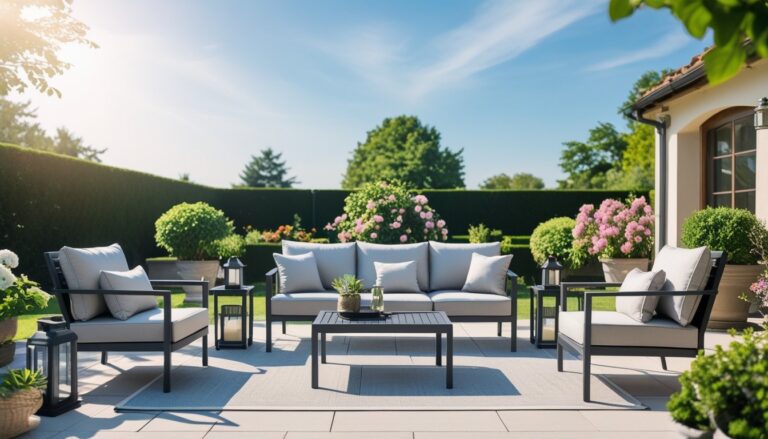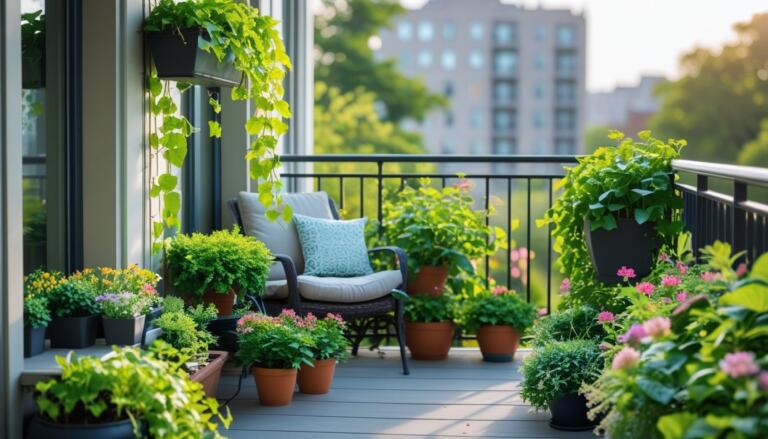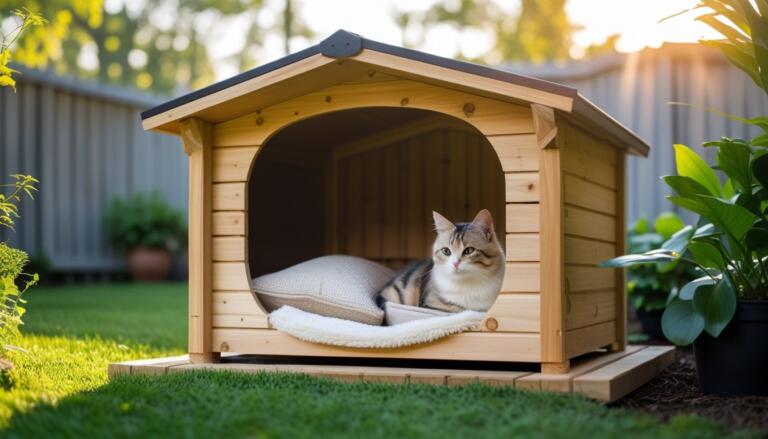7 Easy Ways to Transform Your Balcony with Plants for a Vibrant Outdoor Space
Balconies offer a valuable outdoor space that often goes underused. With the right approach, they can be turned into green, inviting areas that add beauty and comfort to any home. Even small balconies can support a variety of plants that bring life and freshness to the space.
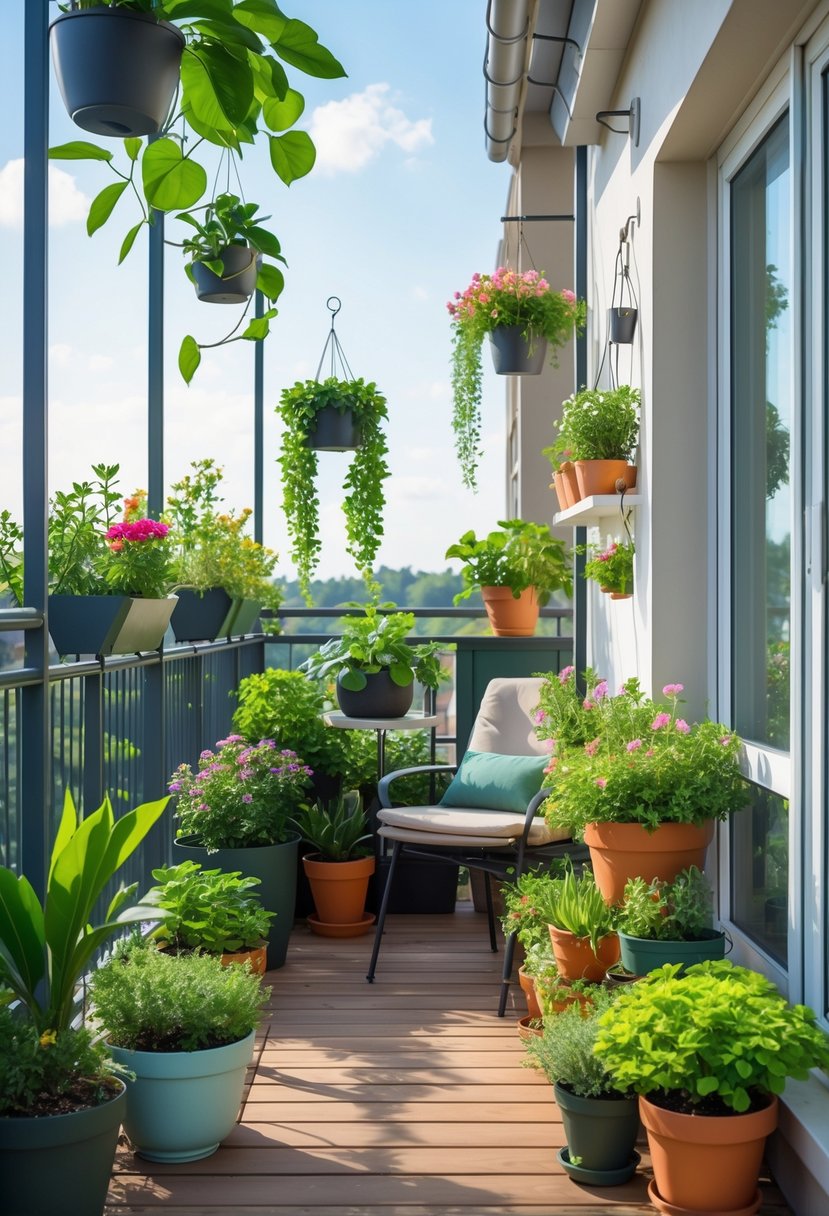
This article focuses on easy ways to transform a balcony using plants, making it a more enjoyable and functional part of the home. It provides practical ideas anyone can apply, regardless of experience or space size, to create a greener and more pleasant atmosphere.
1) Install vertical planters to maximize space
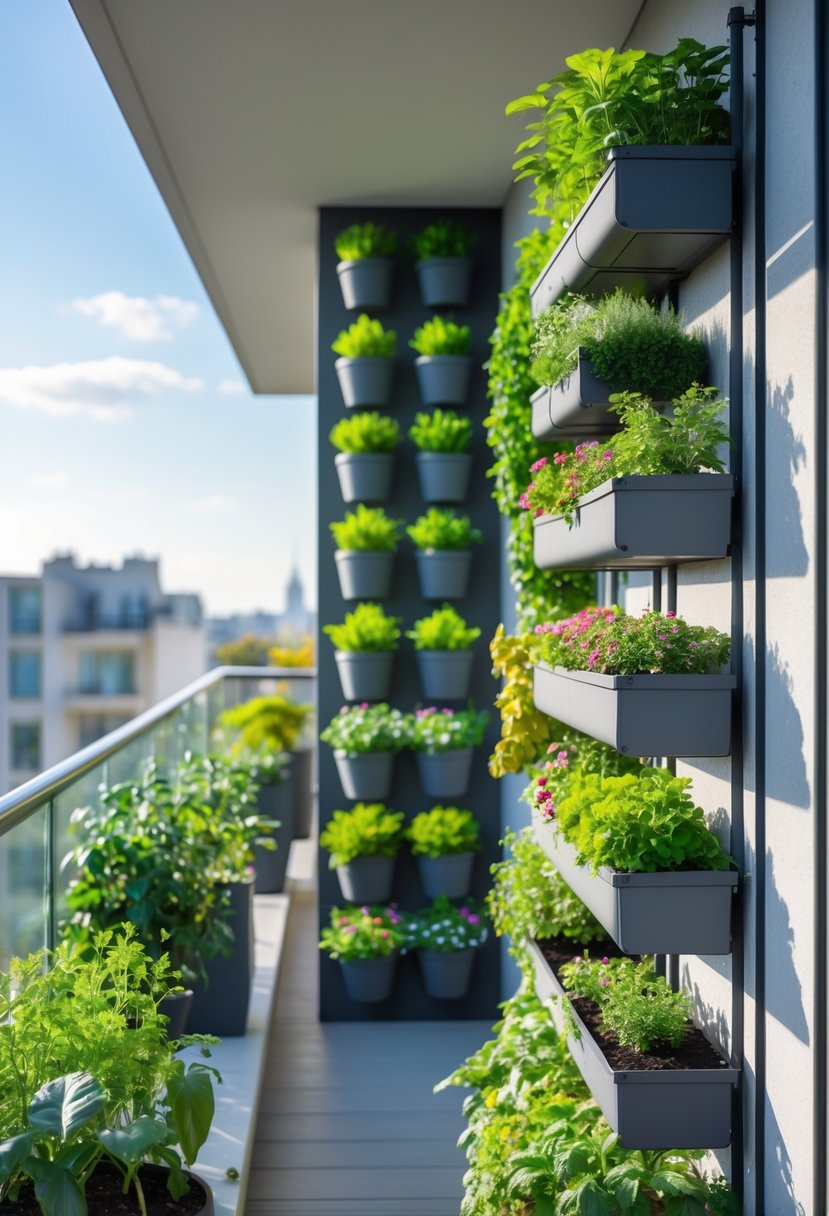
Vertical planters help use wall space on a balcony. They allow more plants to fit in small areas by stacking them up instead of spreading out.
These planters come in different styles, like pocket systems or stackable containers. They work well for herbs, flowers, and small vegetables.
Using vertical planters keeps the floor space clear and can make the balcony look greener and tidier. Maintenance is easier since plants are grouped at eye level.
2) Use railing planters for added greenery
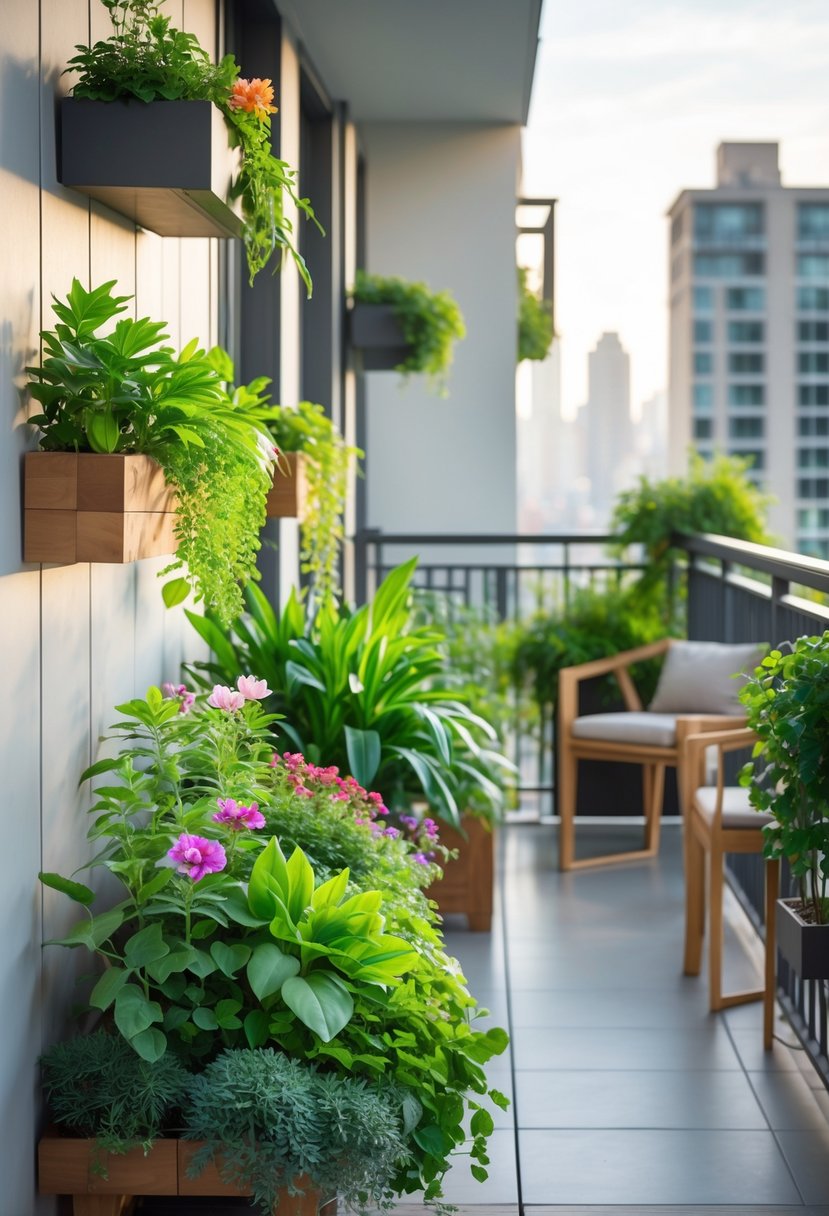
Railing planters help maximize balcony space by using edges that often go unused. They can hold flowers, herbs, or small vegetables without taking up floor area.
People can choose from many styles, including DIY options made from recycled containers. These planters keep plants visible and add color along the balcony railing.
3) Create a mini herb garden in containers

They can use containers to grow fresh herbs on their balcony, even if space is limited. Simple pots or recycled items like tin cans work well as long as they have good drainage.
Choosing easy herbs like basil, mint, or rosemary makes growing more successful. A mini herb garden adds both greenery and fresh flavors for cooking.
4) Incorporate hanging baskets for flowers
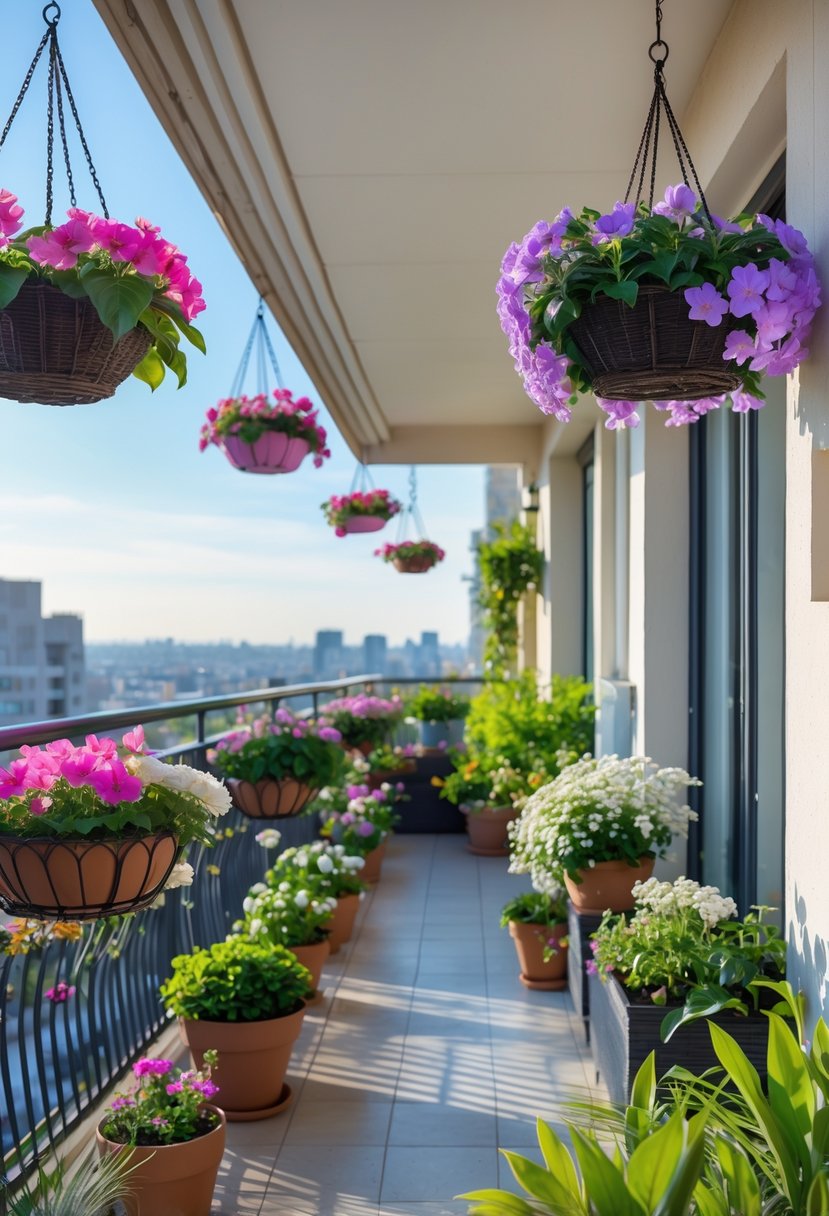
They add color and life to any balcony without taking up floor space. Hanging baskets can hold flowers like petunias, marigolds, or ivy to create a vibrant display.
Using secure brackets, they can be mounted on railings to keep plants safe and visible. This method maximizes vertical space while keeping the balcony neat and inviting.
5) Add a small potted tree for structure
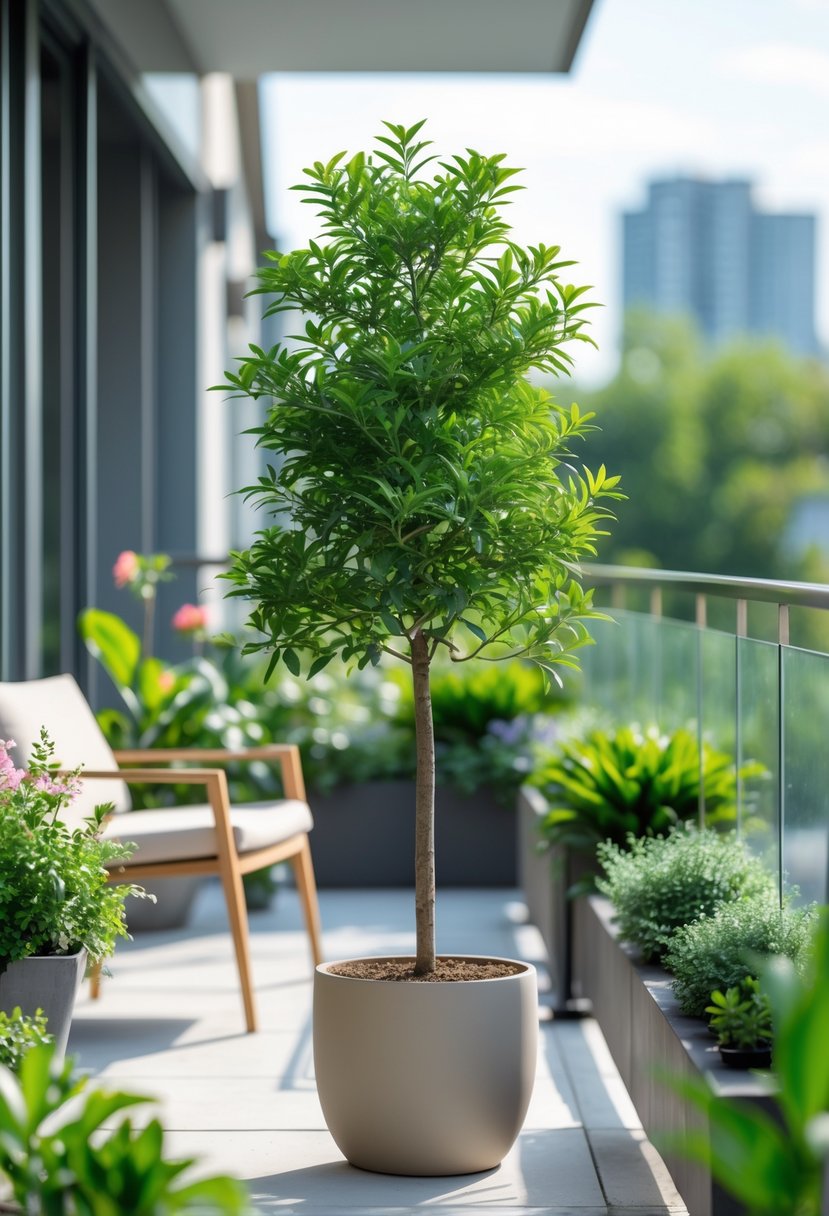
A small potted tree can add height and shape to a balcony garden. It creates a focal point and gives the space a sense of order.
Trees like dwarf citrus or olive trees work well in pots. They need enough sunlight and regular watering to stay healthy.
Adding a tree helps balance other plants and prevents the balcony from looking crowded. It also brings a natural, calming feel to the area.
6) Use multi-tiered plant stands
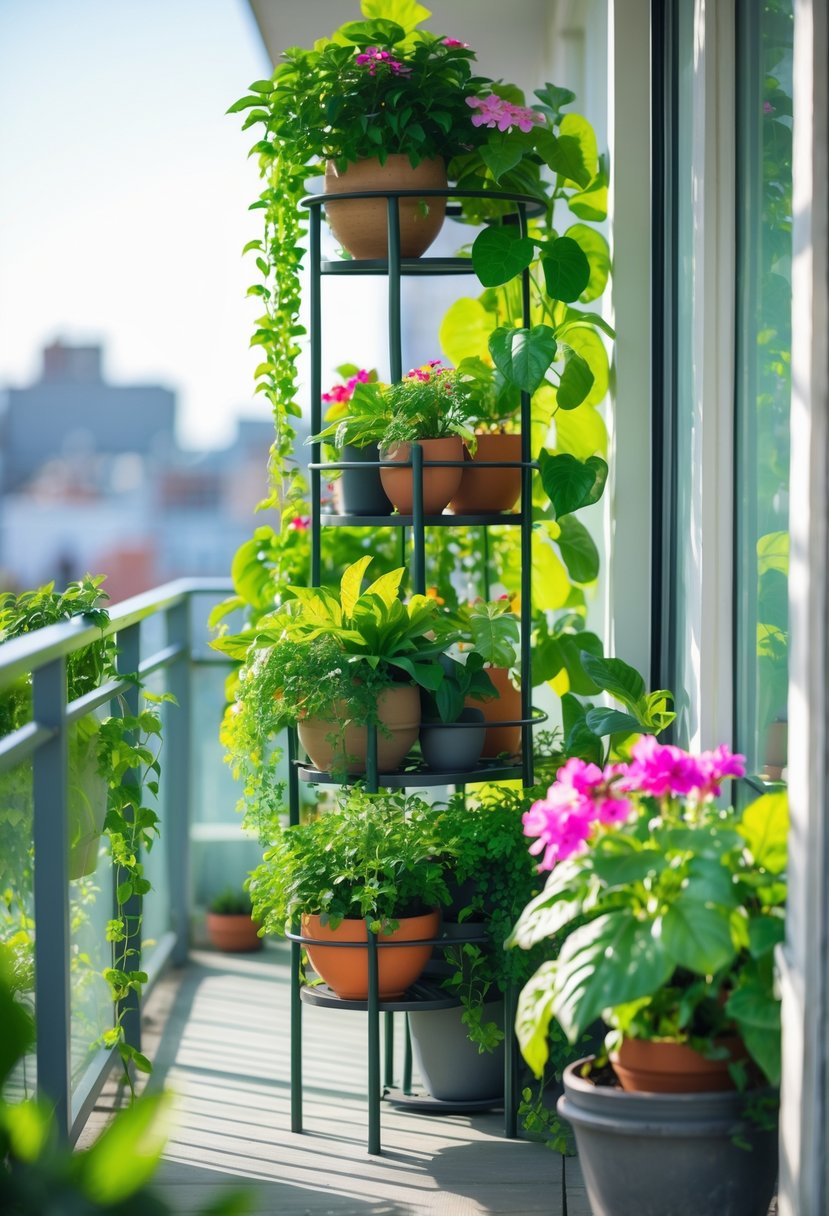
Multi-tiered plant stands help save space by stacking plants vertically. This allows more plants to fit on a small balcony.
They come in different materials like wood, metal, or bamboo. This choice helps match the stand to the balcony’s style.
Plants get better sunlight when placed at different heights. It also creates a more organized and appealing display.
7) Create a Zen garden with gravel and stones
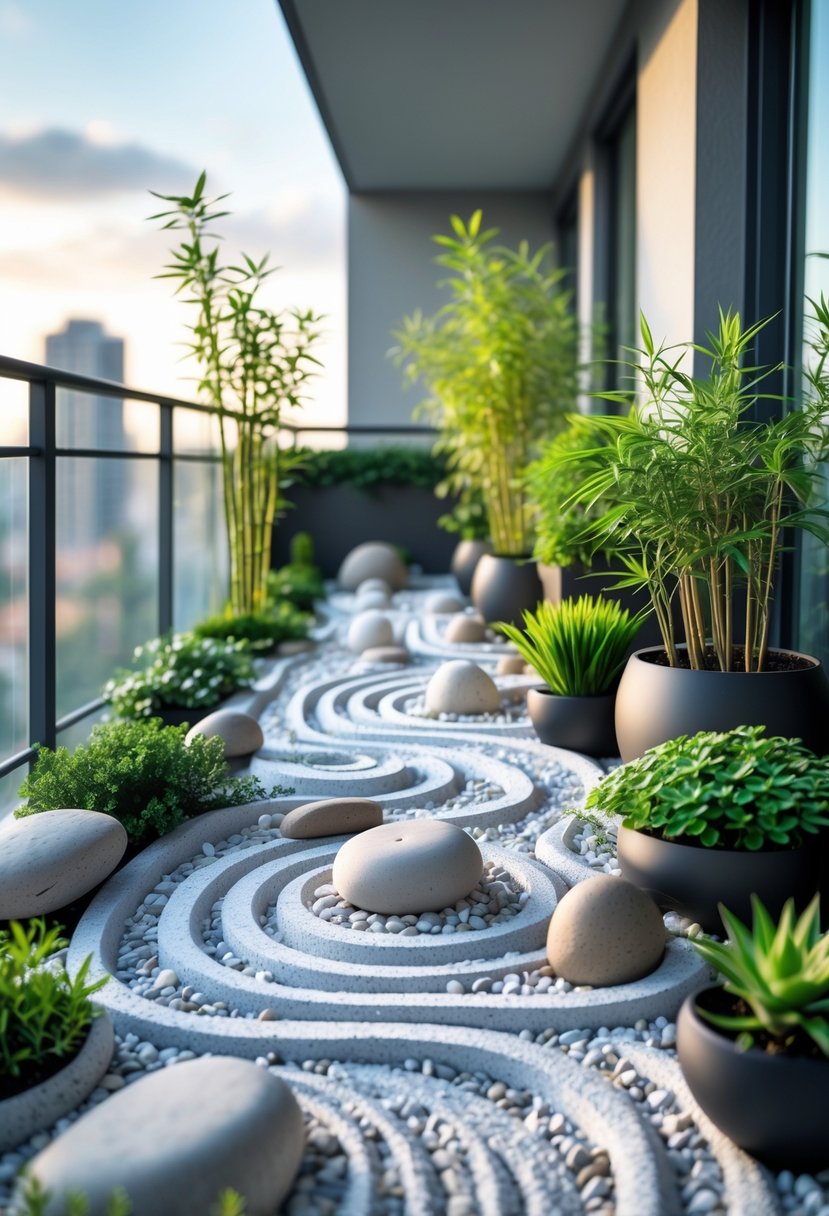
They can use gravel and stones to build a simple Zen garden on their balcony. This setup requires little space and is easy to maintain.
Arranging stones with patterns raked in the gravel adds a calm, natural feel. It helps create a peaceful spot for relaxation.
Choosing low-maintenance plants alongside the stones can enhance the look without extra work. This method brings a quiet, balanced atmosphere to any small outdoor area.
Benefits of Balcony Plants

Plants on a balcony offer several practical advantages that improve everyday living. They help clean the air, increase privacy from neighbors, and create a calm, inviting space. These benefits make balcony plants valuable for city dwellers and small-space gardeners alike.
Improving Air Quality
Balcony plants absorb carbon dioxide and release oxygen, which helps improve the air quality around living spaces. Some plants can also reduce dust and pollutants, making the air cleaner to breathe.
Plants like snake plants, spider plants, and pothos are known for their air-purifying abilities. They capture harmful chemicals such as formaldehyde and benzene, common in urban environments. This can make balconies healthier, especially in cities with heavy traffic or limited green spaces.
Watering plants also increases humidity, which can reduce dry air problems indoors. This helps people with respiratory issues or dry skin feel more comfortable in their homes.
Enhancing Privacy
Plants provide a natural screen that can block the view from neighboring buildings, streets, or balconies. Using tall or bushy plants creates a sense of seclusion without the need for physical barriers.
Vines, bamboo, and tall grasses are popular choices to build privacy on balconies. Vertical gardens or trellises help maximize space while hiding unwanted views. Plants soften the hard edges of buildings and create a more private, personal area.
This green barrier also mutes outside noise slightly. While plants don’t stop noise completely, their presence can make outdoor spaces feel quieter and more peaceful.
Creating a Relaxing Atmosphere
Plants attract natural light and fresh scents, which help create a calming environment. People often feel less stressed and more focused in spaces surrounded by greenery.
Adding varying textures and colors with flowers and foliage enhances visual appeal. This encourages spending more time outdoors, which benefits mental health.
Balcony gardens can be personalized with favorite plants, creating a private retreat. The presence of plants supports relaxation through gentle sounds, such as leaves moving in the breeze, and pleasant smells from herbs or flowers.
Key Considerations for Balcony Plant Care
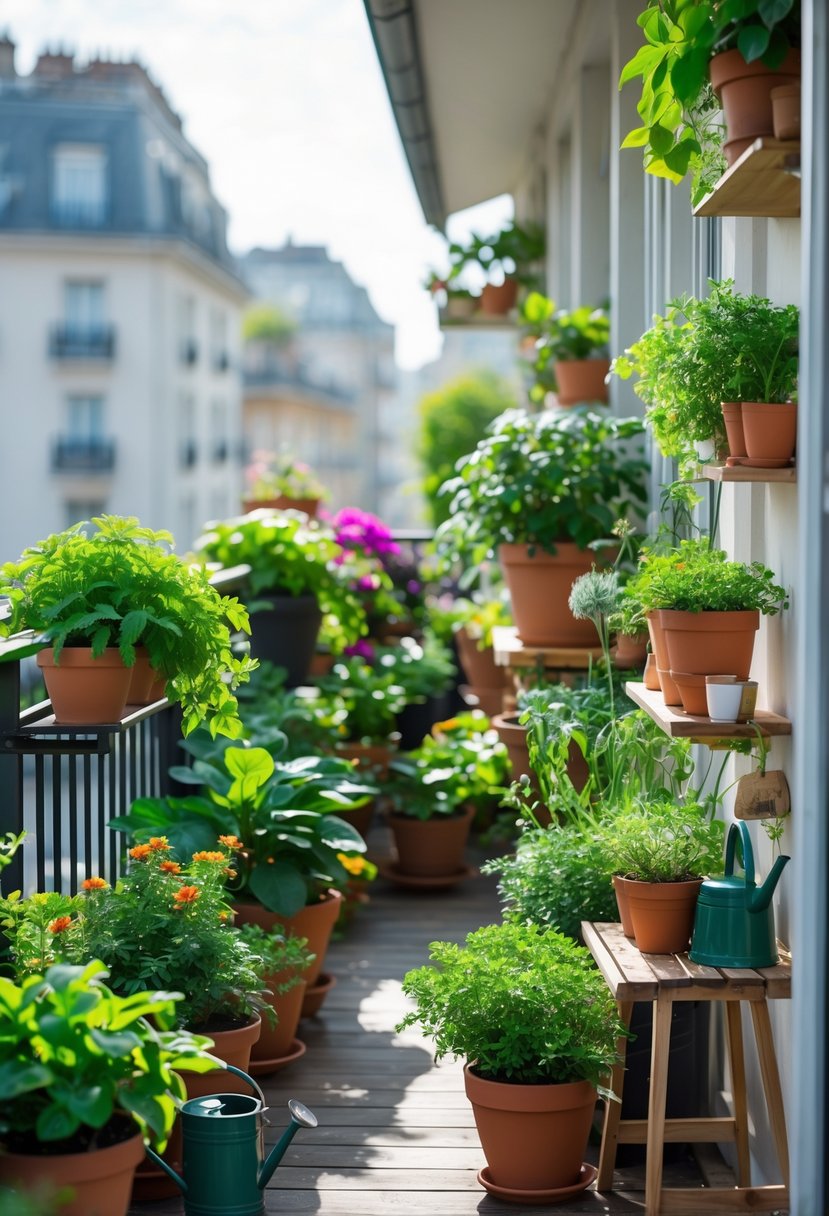
Successful balcony gardening depends on understanding the environment and choosing the right care methods. This includes managing light exposure, watering properly, and selecting suitable soil and containers.
Sunlight and Shade Requirements
Plants need the right type and amount of light to grow well. Some thrive in full sun, needing at least 6 hours of direct sunlight daily. Others prefer partial shade, getting just 3 to 6 hours of sun.
Balconies facing south or west usually get more sunlight, making them good for sun-loving plants like tomatoes or herbs. East or north-facing balconies often offer less sun, better for shade-tolerant plants such as ferns or begonias.
Know the sun pattern on the balcony throughout the day. Move plants if needed to avoid too much sun, which can burn leaves, or too little sun, which can stunt growth.
Watering Schedules
Watering needs vary by plant type, container size, and weather. Most balcony plants in containers dry out faster than ground plants and need regular watering.
Check soil moisture daily by touching the soil surface. Water when the top inch feels dry. Avoid overwatering; soggy soil can cause root rot.
Use containers with drainage holes to prevent water buildup. In hot, dry weather, plants may need watering every day or every other day. Cooler weather requires less frequent watering.
A consistent watering schedule benefits most plants, but adjusting for rain and temperature is important.
Soil and Container Selection
Choosing the right soil and container greatly affects plant health. Use lightweight, well-draining potting soil designed for container gardening. Avoid garden soil, which can compact and suffocate roots.
Containers should have adequate drainage holes to allow excess water to escape. Materials like plastic, ceramic, or terracotta all work, but terracotta dries out faster, so it needs more frequent watering.
Selecting containers based on plant size is important. Small plants need smaller pots, while larger plants or those with deep roots need bigger containers to allow ample room for growth.
Proper soil and container choice help maintain moisture balance and root health, supporting strong plant growth.

